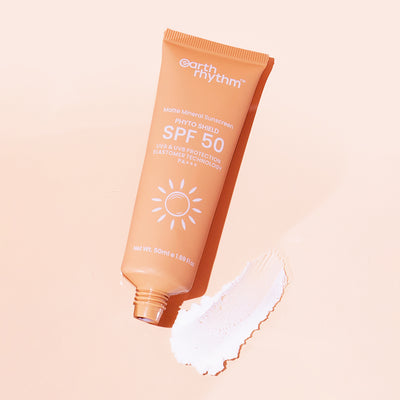The Complete Guide to Sun Cream Protecting Your Skin from UV Damage

As the warmer months approach, many of us eagerly anticipate spending more time outdoors soaking up the sun. While sunlight offers numerous health benefits, including boosting vitamin D production and improving mood, it’s essential to protect our skin from the harmful effects of ultraviolet (UV) rays. Sun cream, also known as sunscreen, plays a crucial role in safeguarding our skin against sun damage. In this comprehensive guide, we’ll explore everything you need to know about sun cream, from understanding UV rays to choosing the right sunscreen for your skin type.
Understanding UV Rays:
UVA Rays: These rays penetrate deep into the skin and contribute to premature ageing, including wrinkles, age spots, and loss of elasticity.
UVB Rays: UVB rays primarily affect the outer layer of the skin and are the primary cause of sunburns. Prolonged exposure to UVB rays can also increase the risk of skin cancer.
UVC Rays: While the Earth’s atmosphere blocks most UVC rays from reaching the surface, they are the most harmful type of UV radiation. They can cause severe damage to the skin and eyes.
The Importance of Sun Cream:
Prevents Sunburn: Sun cream with a high Sun Protection Factor (SPF) shields the skin from UVB rays, reducing the risk of sunburn and skin irritation.
Reduces Skin Cancer Risk: Regular use of sunscreen has been shown to lower the risk of developing skin cancer, including melanoma, the deadliest form of skin cancer.
Prevents Premature Aging: Sunscreen helps to prevent the breakdown of collagen and elastin in the skin, reducing the appearance of wrinkles, fine lines, and age spots.
Protects Against UV Damage: Sunscreen Cream offers protection against both UVA and UVB rays, minimizing the risk of long-term damage to the skin, such as photodamage and hyperpigmentation.
Choosing the Right Sunscreen:
SPF Rating: Look for a sunscreen with a broad-spectrum SPF of 30 or higher to ensure adequate protection against both UVA and UVB rays.
Water Resistance: If you’re swimming or sweating, opt for a water-resistant sunscreen that provides long-lasting protection.
Skin Type: Consider your skin type when choosing a sunscreen formula. Those with oily or acne-prone skin may prefer oil-free or gel-based sunscreens, while those with dry skin may benefit from moisturizing formulas.
Ingredients: Opt for sunscreens formulated with natural ingredients like zinc oxide or titanium dioxide, which provide effective broad-spectrum protection without harmful chemicals.
Application: Ensure proper application by applying sunscreen generously to all exposed areas of the skin, including the face, neck, arms, and legs. Reapply sunscreen every two hours, or more frequently if swimming or sweating.
Sun Safety Tips:
Seek Shade: Limit sun exposure during peak hours, typically between 10 a.m. and 4 p.m., when UV rays are strongest.
Wear Protective Clothing: Cover up with lightweight, breathable clothing, wide-brimmed hats, and sunglasses with UV protection.
Stay Hydrated: Drink plenty of water to stay hydrated, especially when spending time outdoors in the sun.
Check the UV Index: Be mindful of the UV index and take extra precautions on days when UV levels are high.
Conclusion:
Sun cream is a vital component of any skincare routine, offering protection against the harmful effects of UV rays. By understanding the importance of sunscreen, choosing the right sunscreen for your skin type, and following sun safety tips, you can enjoy the sun safely while minimizing the risk of sunburn, premature ageing, and skin cancer. Remember to make sun cream a daily essential, regardless of the weather, to keep your skin healthy and radiant year-round.




